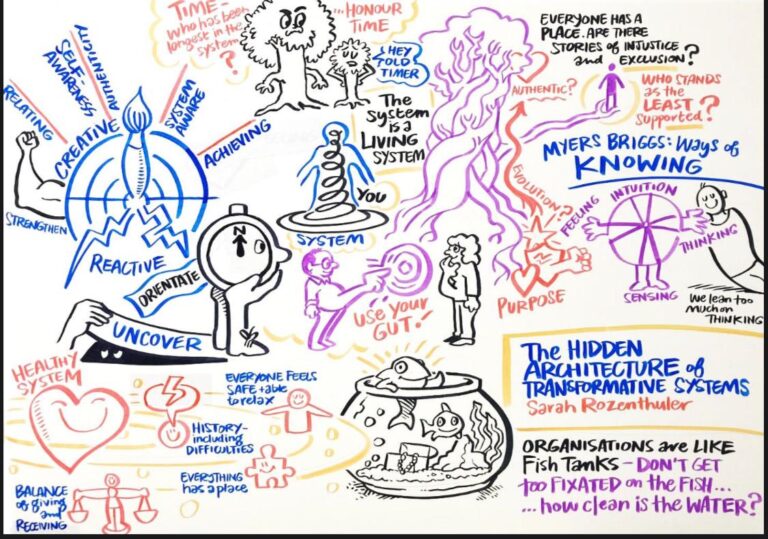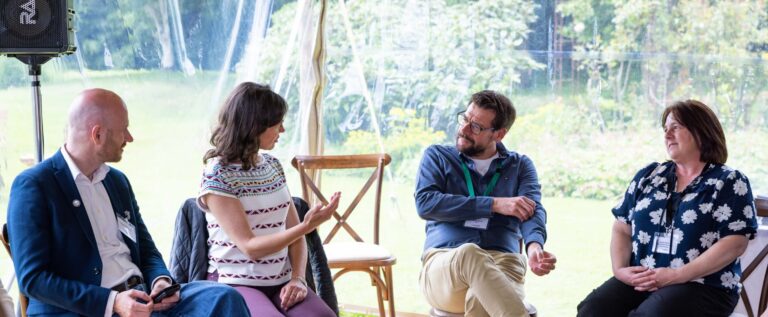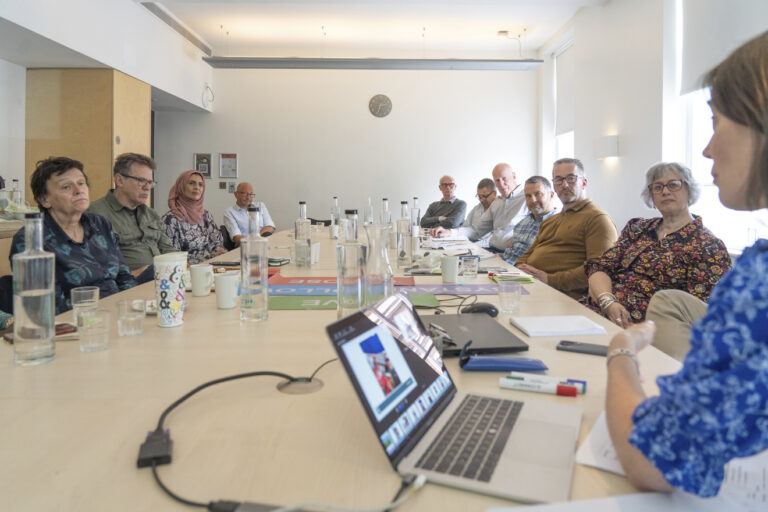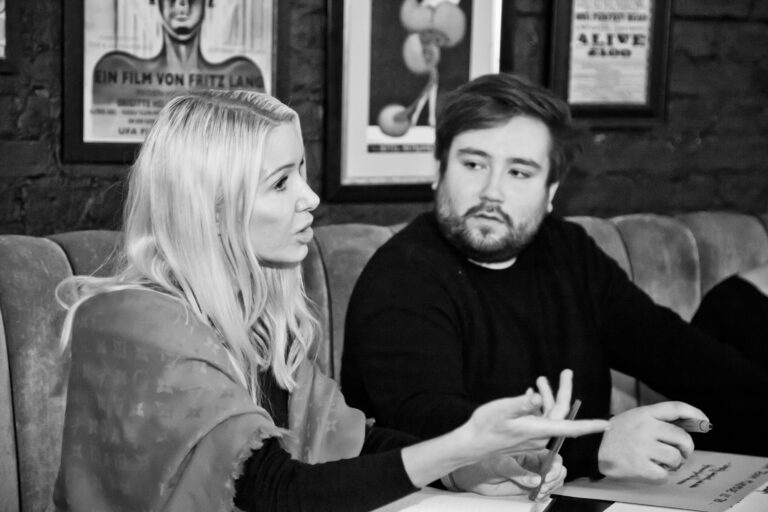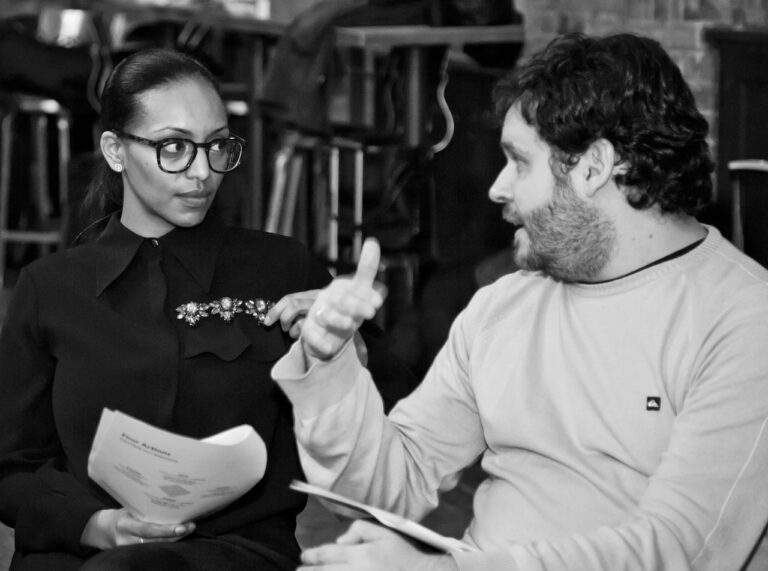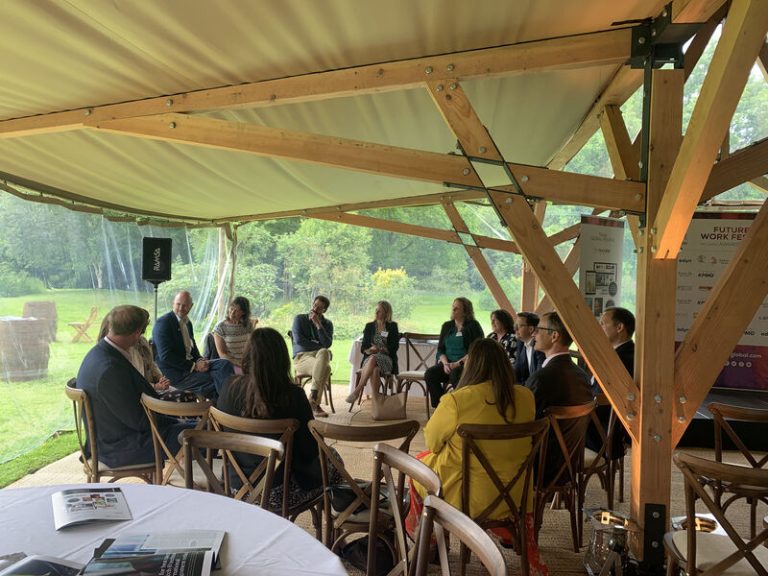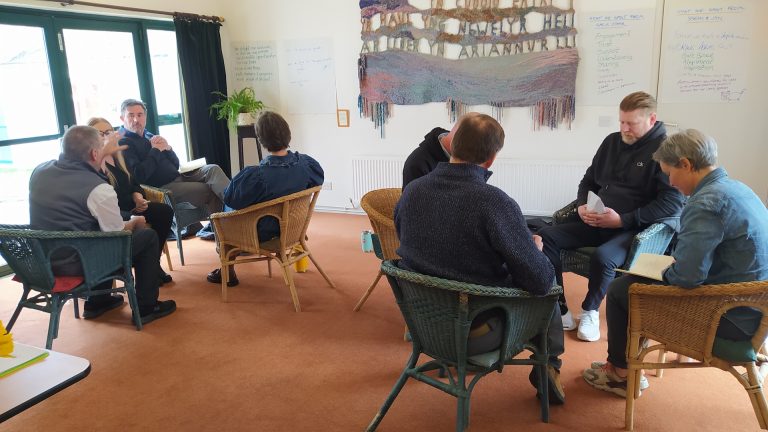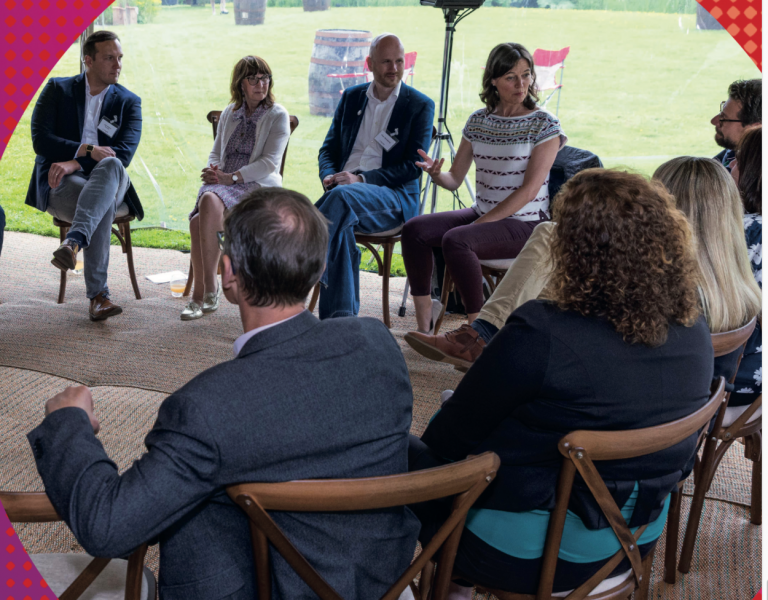‘Now We’re Talking: How to discuss what really matters’
About this Event This masterclass will delve into the power of conversation as a transformative tool. It is based on the book Now We’re Talking: How to discuss what really matters, which simplifies complex territory with clarity, insight and practical tools. You will leave the masterclass with a greater sense of confidence, competence and courage…


